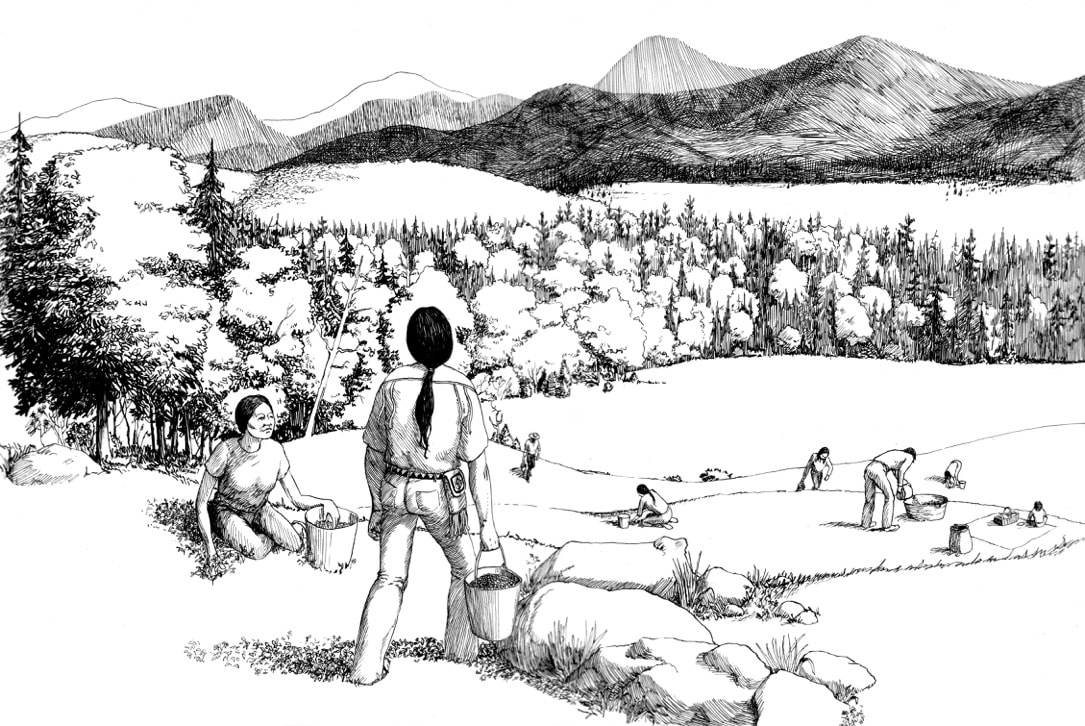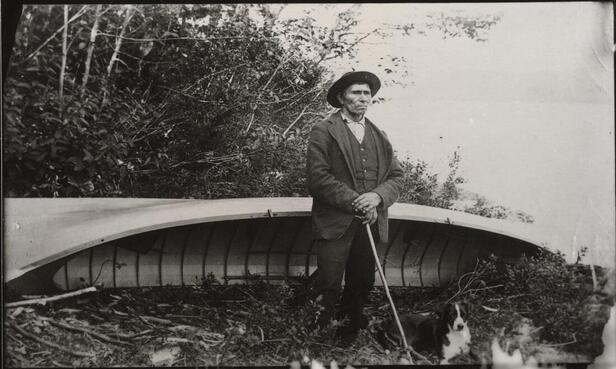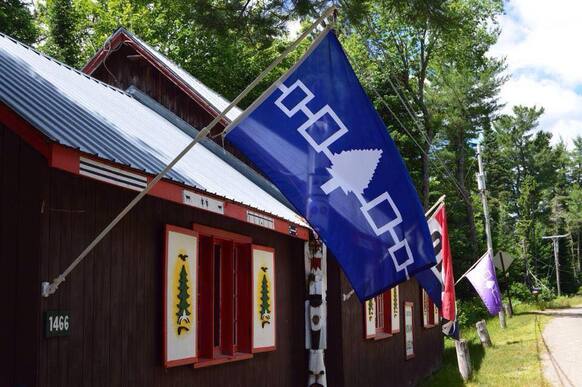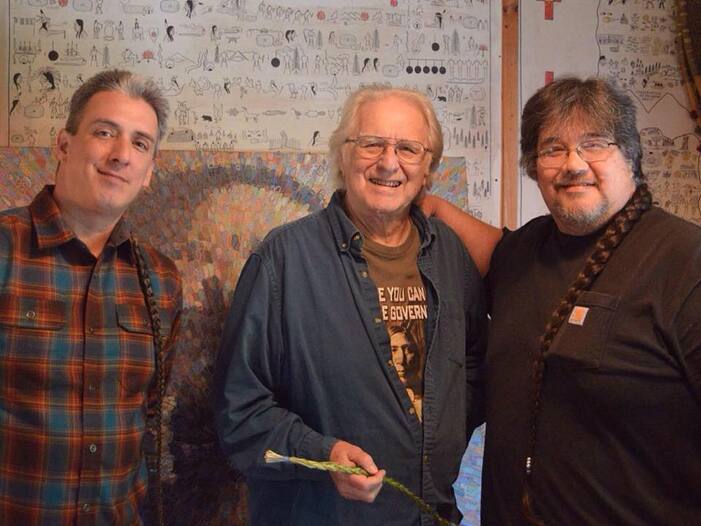|
by Amy Catania These days it seems like everyone wants to call the Adirondacks home. During the pandemic, closed-in city spaces have lost their allure. It’s a repeat of Saranac Lake’s tuberculosis years, when tens of thousands of people came here from around the world in search of the fresh air cure. When you want to avoid germs, a place with more trees than people is a good bet. Adirondackers have a long love-hate relationship with outsiders. As the 20th century began and the TB industry picked up speed, strangers poured into the village. As much as TB represented a way to put food on the table, not all locals were thrilled with the changes newcomers brought. Guide and boatbuilder Fred Rice wrote a manuscript in 1952 decrying the development of the village as a health resort. During his father’s lifetime, as logging dried up, the business of wilderness tourism was flourishing. Mr. Rice argued this would have been the preferred pattern of development, “…persons not connected with the health interests have never felt particularly grateful to the doctors for changing the young pleasure resort into a health resort,” he wrote. Fred Rice’s Saranac Lake of 1952 was coming to look a lot like it does today — a village paved for cars, strung with wires, teeming at times with city people. It’s easy to look back at the quieter times of the 1800s as the beginning of our history. We tend to think of young Fred Rice, his dad, and the tough old Adirondack guides like them, as the original Adirondackers. Such a view ignores the history of people who lived here for thousands of years. Written accounts by early white settlers document the Adirondacks as a homeland and an important place of resource for many indigenous people. But as white people sank roots and claimed their future here, they re-wrote history to claim the past too. By 1921, historian Alfred Donaldson was writing that Indians just passed through the area. To the present day, a dearth of archeological studies has perpetuated the myth that Native Americans did not consider the Adirondacks home. At Historic Saranac Lake, we have often repeated this mistaken version of history. Drive 15 minutes outside of the village, and you will find an amazing little museum that presents a much longer, more complete view of the past. Founded in 1954, Six Nations Iroquois Cultural Center has been run by three generations of the Mohawk of Akwesasne Fadden family. There, you will discover that the Adirondacks were home to Algonquian-speaking and Iroquoian-speaking people since before 9000 BCE. The distinct culture of the Haudenosaunee formed within a vast territory that included much of New York State and the Adirondacks. Stories handed down across countless generations document the Adirondacks as a treasured homeland, a place of refuge, and a source of resources from fishing, hunting, trapping, mining, tapping trees, ice fishing, and the harvesting of medicinal plants. At Historic Saranac Lake, we talk a lot about the last 150 years, but the human history of the Saranac Lake region goes back some 80 times farther! A fluted arrowhead found recently on St. Regis Lake is estimated to be some 13 thousand years old. At the top of the high peaks, Potsdam University Archaeologist Tim Messner found a piece of worked flint to make stone tools. People were here, calling this place home, hunting caribou across glaciers, before there were trees. It turns out, Fred Rice and his father were also interlopers, just a skip away in time from today’s city people looking for parking by Mount Baker. Not only have we dismissed thousands of years of Native American history, we have ignored or diminished the presence of Native Americans in recent history to the present day. As the Adirondacks developed, Native Americans were forced to adapt as old livelihoods were no longer sustainable. Lumber operations, land takeovers by private owners and the state, and hunting for sport, all made for less game. Some Indians turned to guiding. They imparted their deep knowledge of the woods and waters to white settlers, making their survival possible. Native peoples survived as entrepreneurs, and in the towns and hamlets of the Adirondack Park, they have continued to maintain their cultural traditions. As the weather warms, and local trails and lakes fill up with out-of-towners, we should keep in mind that few of us are rightful owners of these mountains. Native American people would wisely say that no one owns the land; at best we are merely stewards of this place we call home. SPECIAL THANKS:
John Fadden, Six Nations Iroquois Cultural Center Iakonikonriiosta, the Akwesasne Cultural Center Tim Messner, SUNY Potsdam Jen Krester, the Wild Center Humanities New York. RESOURCES: "Mohawk Presence in the Adirondacks" by John Fadden “Hidden Heritage” by Curt Stager (Adirondack Life, June 2017) Rural Indigenousness by Melisa Otis (Syracuse University Press, 2018) “A History In Fragments” by Lynn Woods (Adirondack Life November/December 1994)
2 Comments
Mato Ray
3/28/2022 07:22:06 am
Reply
Gavin Wear
6/30/2022 03:30:57 pm
I am here to spread this good news to the entire world on how Dr Emu helped me solve my infertility problem and i am so happy now that i am now a mother because for over 4 years i have been trying to get pregnant and needed help, i and my husband always go for medical check up and the doctor always say that the both of us are fine and i have nowhere else to get help from and all hope was almost lost until one day i visited a friend of mine and i told her what i was passing through and she introduce me to this great spell caster called Dr Emu who helped her when she was in need of help, so i took a try to contact Dr Emu through his email and i explain all my problem to him and after we have talked he perform an infertility spell for me and after that he told me what i should do, and i followed the instruction he gave and after that he instructed to sleep with my husband and also i followed the instruction and he said that the next week i should go for medical check up and the doctor confirmed that i was 4 months pregnant and i was so happy that all my sorrows were gone for ever, i am so very happy now and also if you need any kind of help or the same line with mine, contact Dr Emu on his email: [email protected] or call/text his whatsapp phone number +2347012841542 visit facebook page: https://web.facebook.com/Emu-Temple- 104891335203341
Reply
Your comment will be posted after it is approved.
Leave a Reply. |
About us
Stay up to date on all the news and happenings from Historic Saranac Lake at the Saranac Laboratory Museum! Archives
August 2022
Categories
All
|
Historic Saranac Lake at the Saranac Laboratory Museum
89 Church Street, Suite 2, Saranac Lake, New York 12983
(518) 891-4606 - [email protected]
89 Church Street, Suite 2, Saranac Lake, New York 12983
(518) 891-4606 - [email protected]

Historic Saranac Lake is funded in part by the New York State Council on the Arts with the support of the Office of the Governor and the New York State Legislature,
and an Essex County Arts Council Cultural Assistance Program Grant supported by the Essex County Board of Supervisors.
and an Essex County Arts Council Cultural Assistance Program Grant supported by the Essex County Board of Supervisors.
© 2023 Historic Saranac Lake. All Rights Reserved. Historic photographs from Historic Saranac Lake Collection, unless otherwise noted. Copy and reuse restrictions apply.




 RSS Feed
RSS Feed